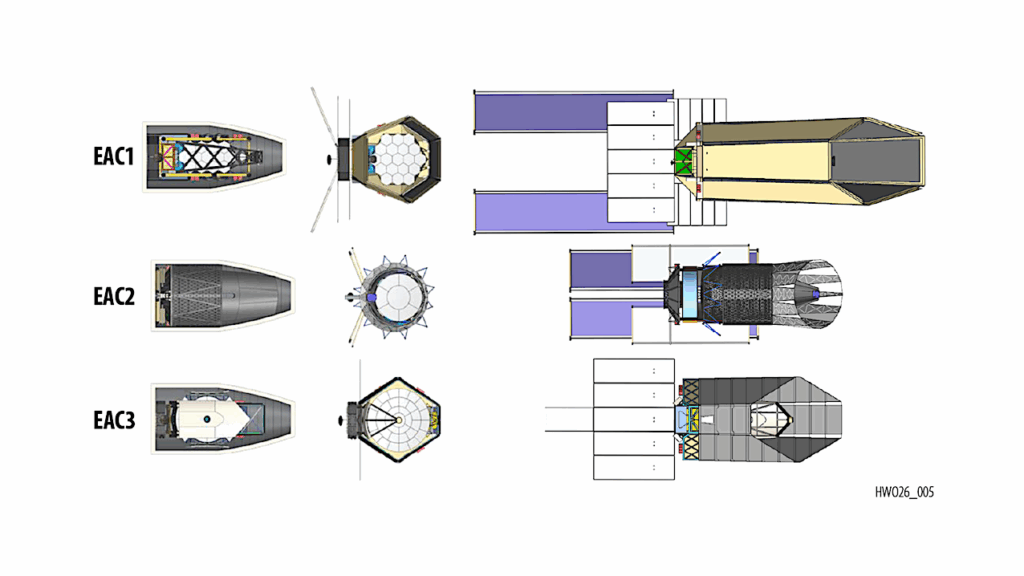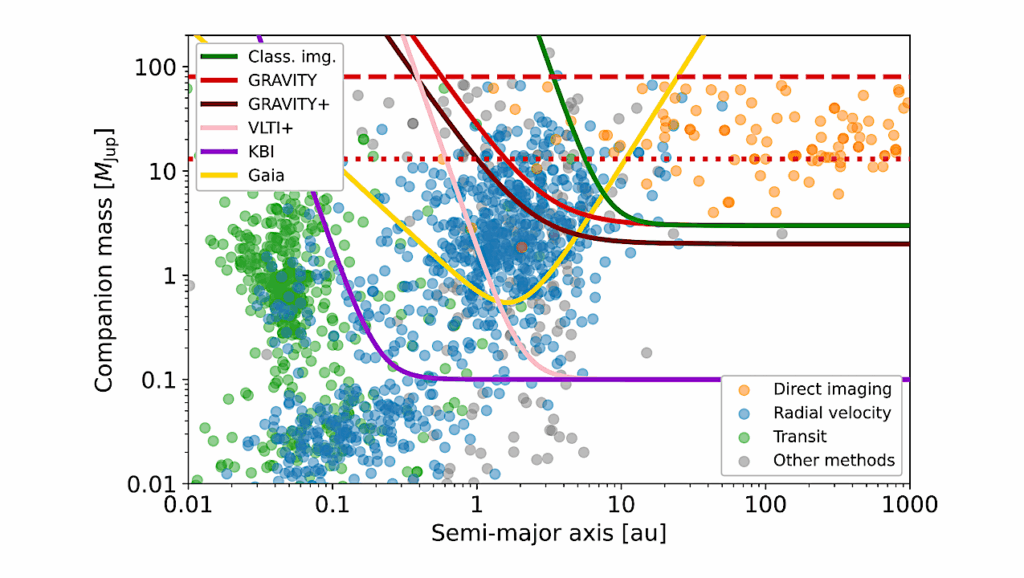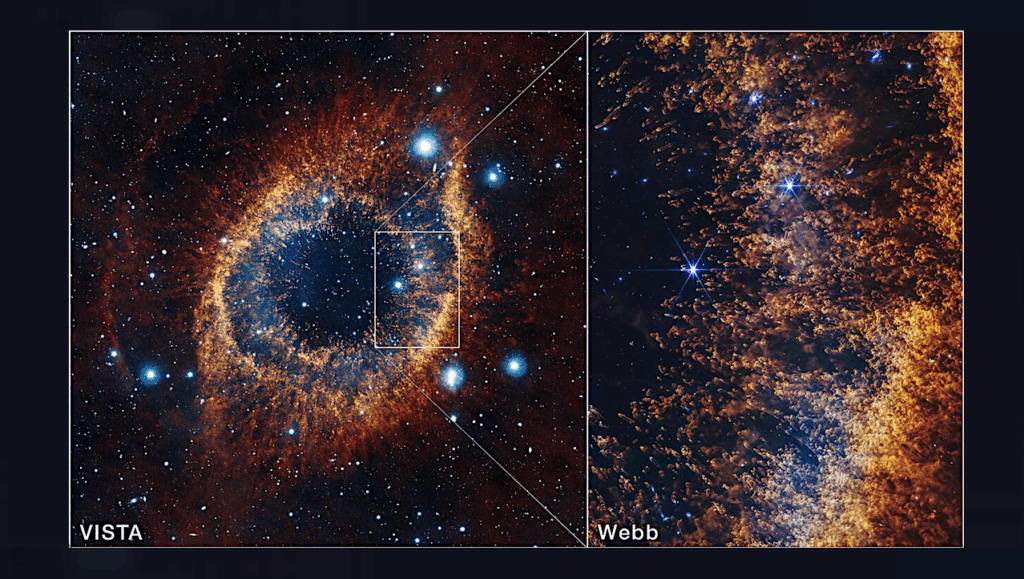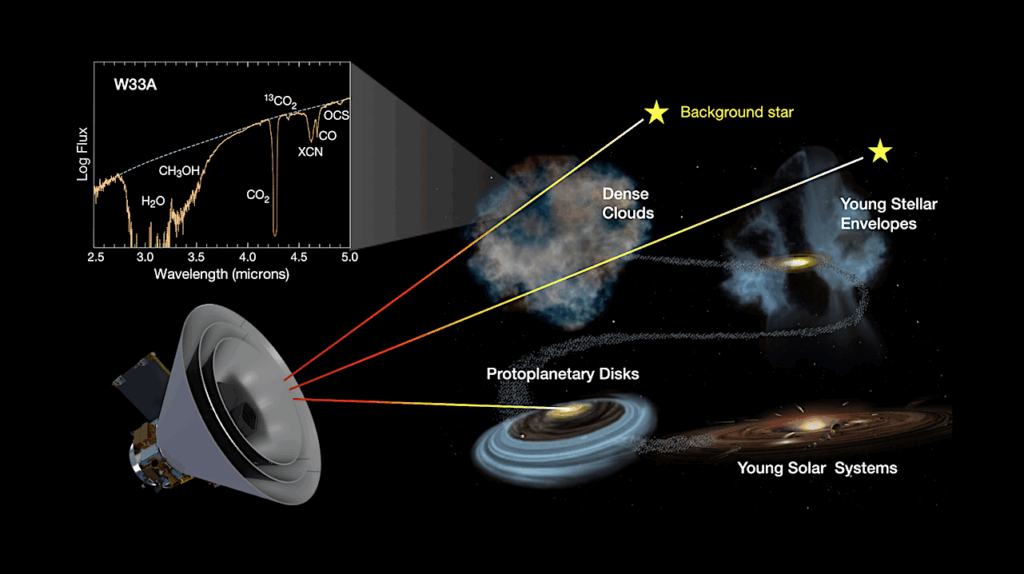Inferring The Rate Of Technosignatures From Sixty Years Of Nondetection

For about the last 60 years the search for extraterrestrial intelligence has been monitoring the sky for evidence of remotely detectable technological life beyond Earth, with no positive results to date.
While the lack of detection can be attributed to the highly incomplete sampling of the search space, technological emissions may be actually rare enough that we are living in a time when none cross the Earth. This possibility has been considered in the past, but not to quantitatively assess its consequences on the galactic population of technoemissions.
Here we derive the likelihood of the Earth not being crossed by signals for at least 60 years to infer upper bounds on their rate of emission. We found less than about one to five emissions per century generated from the Milky Way (95 % credible level), implying optimistic waiting times until the next crossing event of no less than 60 to 1,800 years with a 50 % probability.
A significant fraction of highly directional signals increases the emission rates upper bounds, but without systematically changing the waiting time. Our results provide a benchmark for assessing the lack of detection and may serve as a basis to form optimal strategies for the search for extraterrestrial intelligence.
Claudio Grimaldi
Comments: 8 pages, 4 figures
Subjects: Popular Physics (physics.pop-ph); Earth and Planetary Astrophysics (astro-ph.EP); Instrumentation and Methods for Astrophysics (astro-ph.IM)
Cite as: arXiv:2301.07165 [physics.pop-ph] (or arXiv:2301.07165v1 [physics.pop-ph] for this version)
Submission history
From: Claudio Grimaldi
[v1] Sat, 19 Nov 2022 12:59:09 UTC (195 KB)
https://arxiv.org/abs/2301.07165
Astrobiology, SETI








